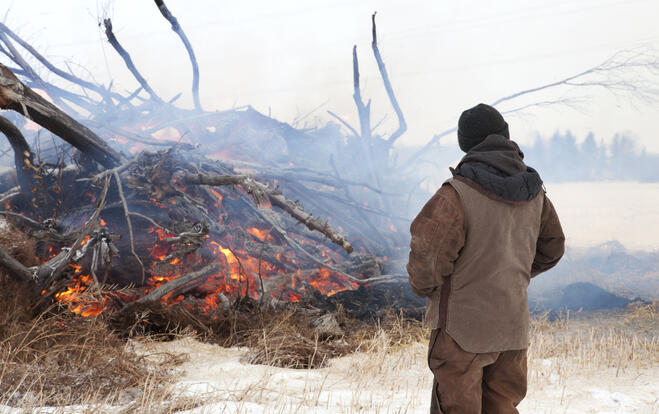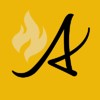
This year the High Level Wildfire Management Area (HLWMA) has had 333 wildfires, 169 fires were human caused and 164 fires were caused by lightning. Although wildfire season is now over please always fully extinguish your fire before leaving the site and be aware that working near dry grass remains a hazard.
Permits are no longer required to burn within the Forest Protection Area of Alberta. Albertans living outside the Forest Protection Area can contact their municipality or local authority for more information about fire permit requirements.
BURN PILES DURING THE WINTER MONTHS
Check all winter burn piles before March 1, 2016 when wildfire season begins again. Dig deep in the ashes and check for heat.
- Debris should be hauled and piled on an existing road or other compact areas to reduce the risk of fires holding over during the winter months.
- Avoid constructing piles where there are water drains (example: ditches, streams and creeks).
- Keep pile tall, tight and dirt freeto achieve a clean burn and avoid mixing mineral soil with the debris.
- Selecting the right machinery to construct piles such as a brush rake or loader.
- Piles should be built to a height of 3 metres in a beehive shape.
- It may be easier to burn an aspen pile by placing coniferous fuels at the bottom of the pile.
Check and re-check for winter holdovers: deep layers of organic soils are common throughout the HLWMA. This organic material may ignite under debris piles and smolder during the winter months. Wildfires like these are sleeping giants, waiting to take off when dry grasses are available to carry them on spring days.
You can help us over the winter: If you have concerns with a burn you are completing or you would like to report a winter burn location, please give us a call at the High Level Fire Center (780) 926-3761.

SMOKE AND SMOG
Smoke and smog is not just a summertime concern, it can also occur in the winter, often in communities where wood is used for home heating or residents are burning piles on their land. These pollutants can build up in the local area during cold weather, when there is little wind to disperse the particles. This often occurs during temperature inversions and in valleys and other areas that are sheltered from the wind.
Even though fire permits are not required smoke signs may be if burning near a road, contact the local road authority.
Wind direction is an important factor to take into account when deciding whether to start a burn. Consider what values are downwind of the proposed burn area. If you are close to other residences, communities, farmyards, roads, highways or other properties owned by someone else, take care to ensure that smoke from the fire does not interfere or present harm to those affected downwind.
Check Environment Canada’s Air Quality Health Index to track winter smog in your community and find health information.
For more information contact:
Victoria Ostendorf - Wildfire Information Officer
(780)841-9387
victoria.ostendorf@gov.ab.ca
